If you’re considering moving to Queensland, you’ll need to do a lot of research. Queensland covers an area of 1,852,642 square kilometres, a huge amount of land to cover. At last count, it’s bigger than all but 15 of the world’s countries! Due to its massive size, the climate and geographical features in Queensland are diverse – there are tropical rainforests, mountain ranges, coral reefs, deserts, sub-tropical forests, and arid, sandy regions in the interior and western parts of the state.
Brisbane is the capital city and the third largest city in the country. Ten out of thirty of Australia’s largest cities are in Queensland, including the Gold Coast, the Sunshine Coast, Cairns, Toowoomba, and Townsville. The population is multicultural, with almost 29% of Queenslanders being immigrants.
Queensland offers a laid-back, outdoor lifestyle, combining some of the world’s most beautiful beaches with gorgeous country towns and cosmopolitan city living. There’s an abundance of choice and options for families when moving to Queensland who just want to put the hustle and bustle of Sydney and Melbourne behind them.
Queensland at a glance
Queensland is the second largest state in Australia, sitting in the country’s northeastern corner. As of 2021, there are 5.2 million people living in Queensland, with 50% of these living in the state’s fastest growing region in the southeast. The state is known for its beautiful coastline, stunning ancient rainforests, the celebrated Great Barrier Reef and the nearby Whitsunday Islands, the enviable weather, and the laidback, outdoor lifestyle. Most likely you have already visited Queensland, so you know how good we have it here!
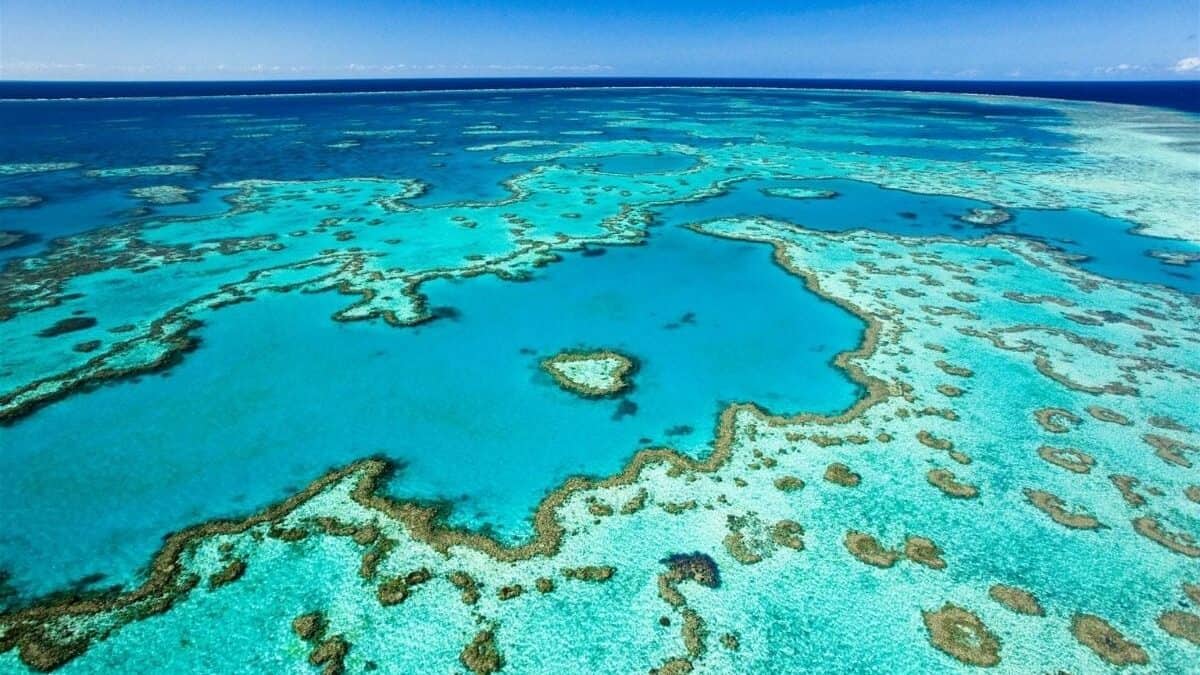
When you live in Queensland, you’re blessed with almost 2,800 hours of sunshine every year. What’s more, Queensland seems to have dodged most of the pandemic’s worst ramifications, so it can definitely seem like paradise compared with what’s been happening with its neighbours to the south.
Economically, Queensland is big in the mining and agricultural industry, as well as health care, construction, and in tourism. And just a note to animal lovers – if you’re moving to Queensland, rabbits, hamsters, and ferrets are banned! If all these things sound like something you can get behind, Queensland is the state for you!
Keep reading to learn more about this stunning part of Australia.
Living there
Life in Queensland might be a bit of a culture shock to Australians from other states – particularly if you’re used to the busy-ness of Sydney and Melbourne. No matter where you are in Queensland, the lifestyle is at a slower pace. Not only do you have the beauty of Queensland’s 1,711 beaches but all the gorgeous mountains, forests, and desert landscapes. Queensland is also more affordable than other states and has plenty of lifestyle options to suit all family types.
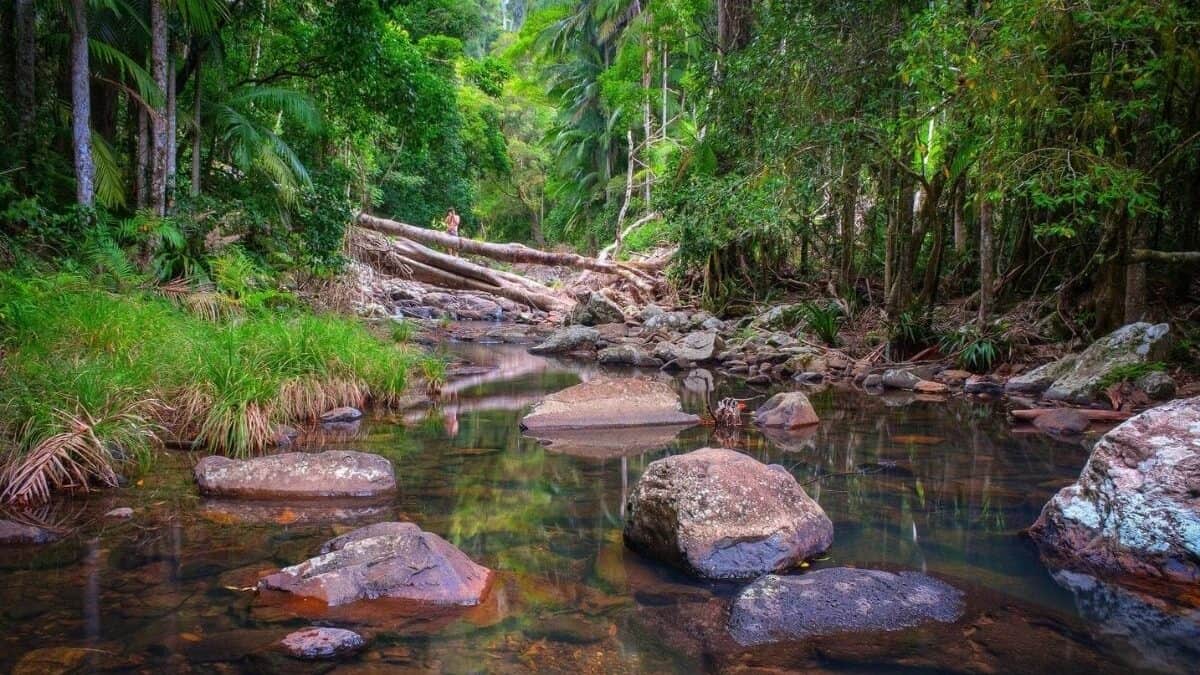
Housing
The vast size of Queensland makes an overall assessment of its real estate market a little tricky. Low interest rates have seen the real estate market doing very well, particularly in the southeast, in major tourist centres, and in mining regions.
Southeast Queensland and central Queensland are Australia’s strongest growing markets, with Brisbane, Moreton Bay, Ipswich, Gold Coast, and Mackay home to the majority of this growth. A median home price for Queensland overall is $550,000, which is very affordable compared with Sydney (median $1.4 million) and Melbourne (median $1.022 million). The Queensland Market Monitor showed an impressive 6.1% growth across almost every region of Queensland in the final three months of 2020, and 2021 has shown broader increases in value across the market.
Now is the perfect time to buy in Queensland, particularly in southeast Queensland. The Queensland State Government also has more in-depth advice here on buying a home in Queensland and everything you need to know about various taxes, laws, and dos and don’ts.
Employment
Employment: According to the ABS, there were 2,657,500 people employed in Queensland as of September 2021. The largest employer in the state is the health care and social assistance sector, followed by construction, education and training, and tourism.
Schools
In Queensland, there are almost 1,300 state schools, and over 450 independent and Catholic schools – both primary and secondary. All state schools are co-educational. Queensland primary schools offer education to students from Prep to Year 6, and secondary schools offer education to students from Years 7 to 12.
Students usually attend state schools closest to where they live, however, they can be sent to the school of their choice if there are places available. Some schools have a school enrolment management plan, which means that students can only attend when they live within the designated catchment zone.
To search for schools in your preferred city within Queensland, check out the school’s directory. To find out more about the educational performance of schools in the area you’re interested in, visit www.myschool.edu.au.
Just as in other states, costs for schooling varies. Public schooling is mostly free, while private schooling can range anywhere from $1500 to $15,000 and beyond. Queensland also has its own school holidays and term days. For higher education, you’ll find a list of universities here and a list of locations of TAFE Queensland campuses here.
Discover how Queenslanders can save on the cost of kindy here.
Weather
Because Queensland is so large, there are three distinct climate zones. The Southeast is generally sub-tropical, with mild winters and hot, humid summers. The inland areas are dry and arid, with low rainfall and hot summers. The far north is tropical and undergoes wet and dry seasons rather than the typical summer and winter. The far north can also experience cyclones and monsoons between November and April. Inland regions can see quite cold temperatures in winter, with areas like Stanthorpe even occasionally experiencing snow.
Queensland is also known for its extreme weather events such as flooding, drought, and bushfires. A typical summer is usually 35 degrees Celsius with a 21-degree minimum, and winter is typically 22 degrees during the day, with a 10-degree minimum. For more information, check out the BOM Queensland page.
Getting there & around
Driving
Queensland road rules differ slightly compared to other states. It definitely pays to check out the Queensland Department of Transport and Main Roads page before you go, but here are a few of the big differences.
- Queensland has some of the toughest penalties in the world for using a mobile phone while driving. You could find yourself paying a $1000 fine and getting 4 demerit points.
- In Queensland, any alcohol in your car must be unopened and away from any of the occupants – unlike in NSW and Victoria, where it isn’t illegal, and drink driving only applies to the driver.
- You cannot sleep in your car unless you are parked in a designated camping ground.
- In Queensland, unattended cars cannot have their windows open more than 5 cm.
Queensland also has several toll roadways and bridges, and you have up to 3 days after you travel on a toll roadway to pay. See Linkt for further details.
Public transport
Southeast Queensland has quite an extensive public network system, operated by Translink. There are connecting train, bus, ferry and tram networks all across the region, from Gympie North right down to Tweed Heads, and a Go Card will see you paying half what a paper ticket would cost.
For services across the rest of the state, Queensland Rail operates travel train services from Brisbane right along the coast up to Cairns, and out west to Charleville, Longreach, and Mount Isa. Regional bus services operate right across the state in all major regional centres.
Things to see & do
With so many different natural environments, big metropolitan cities and lovely small towns, Queensland offers an abundance of activities for all ages.
With almost 7,000 kms of coastline, Queensland beaches are generally stunning, white sand and turquoise waters – your typical tropical paradise. Humpback whales visit in the winter, and sea turtles make these beaches their homes when laying their eggs. Visit the Whitsundays in the state’s north for gorgeous glamour, Noosa’s main beach for relaxation, or the Gold Coast’s fabulous famous stretch of golden sand.
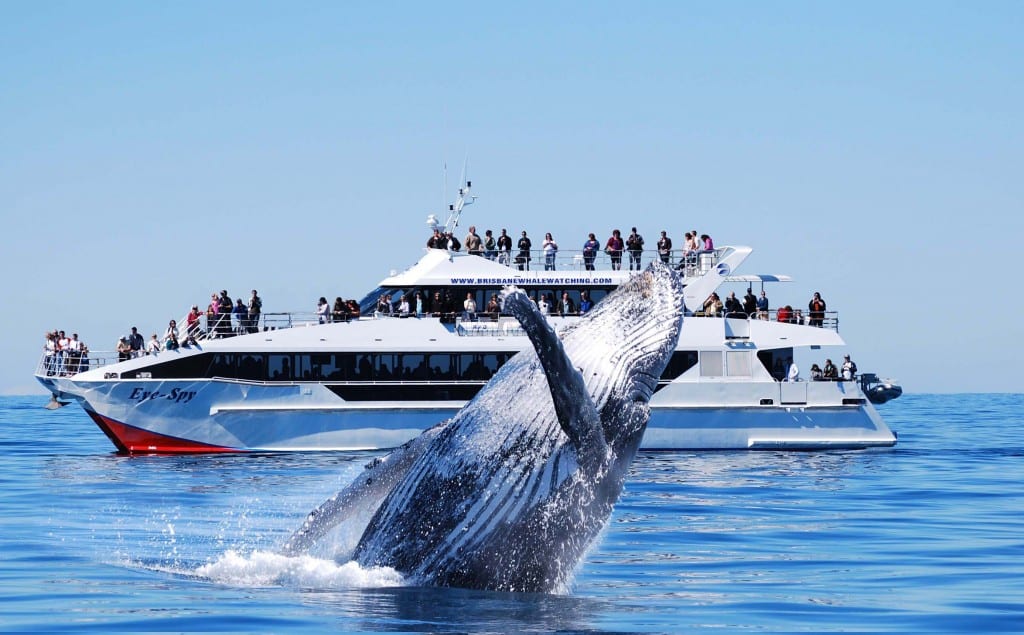
Queensland is also home to 1000 national parks, with everything from the ancient lush Daintree Rainforest in the north, to Carnarvon National Park in Queensland’s outback, known for its platypus population. Kayak through a desert oasis, or hike through ancient volcanic peaks – lose yourself in Queensland’s stunning natural beauty.
For something different, visit Winton in Queensland’s western outback for Winton’s Australian Age of Dinosaur Museum and the amazing dinosaur stampede, and stay for the amazing view of the Milky Way in the night sky. Catch a musical at Brisbane’s Lyric Theatre, or a visiting exhibition on loan from the New York Metropolitan Museum of Art at the Gallery of Modern Art. From the ocean to the outback, Queensland has something to amaze and delight everyone!
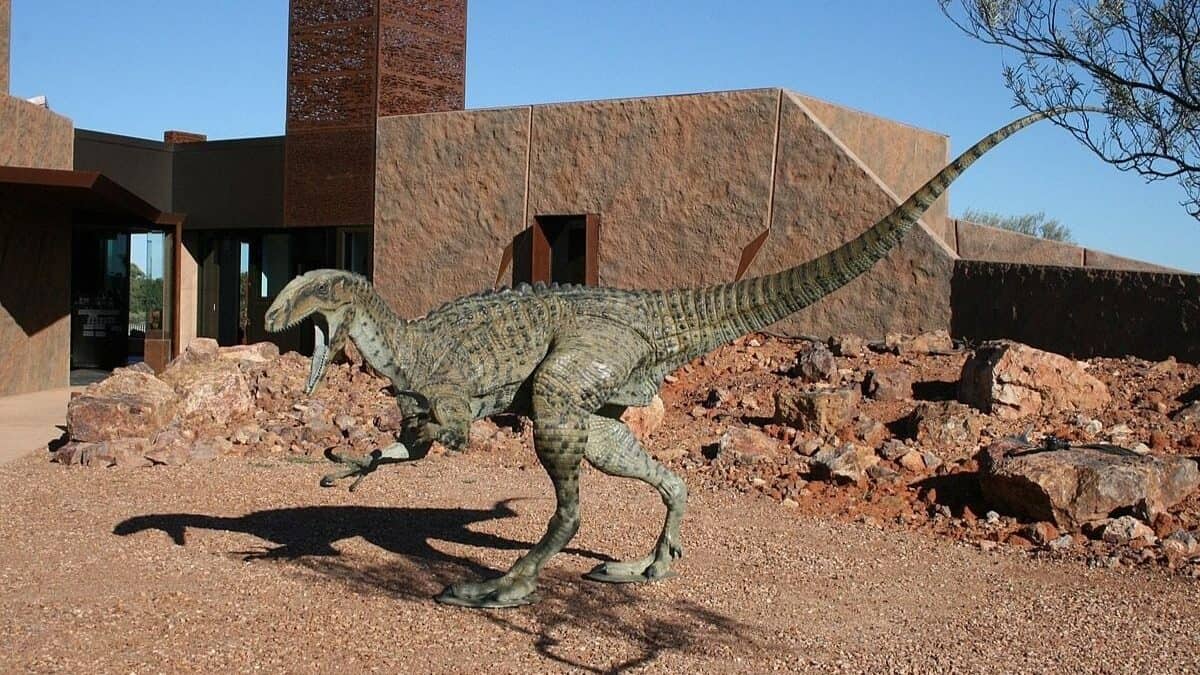
City profiles
Queensland is teeming with possibilities as to where you could easily see yourself setting up home. There are a few standout cities and towns that have become increasingly popular with people moving from interstate. Here is a brief rundown.
Moving to Brisbane
Brisbane is Queensland’s capital city, as well as its cultural and business capital. There’s plenty to see and do – museums, fantastic restaurants, bars and cafes, theatres, and beautiful gardens and zoos. It’s Australia’s largest council area by population, servicing a population of 1.25 million.
Brisbane is considered a highly sought-after location for real estate, and with plenty of beautiful old Queenslander properties on the market. Explore nearby national parks at Mt Coot-tha, head to Lone Pine Koala Sanctuary, and take a trip in a river ferry along Brisbane River.
We have also written an article about saving money on the cost of living in Brisbane here.
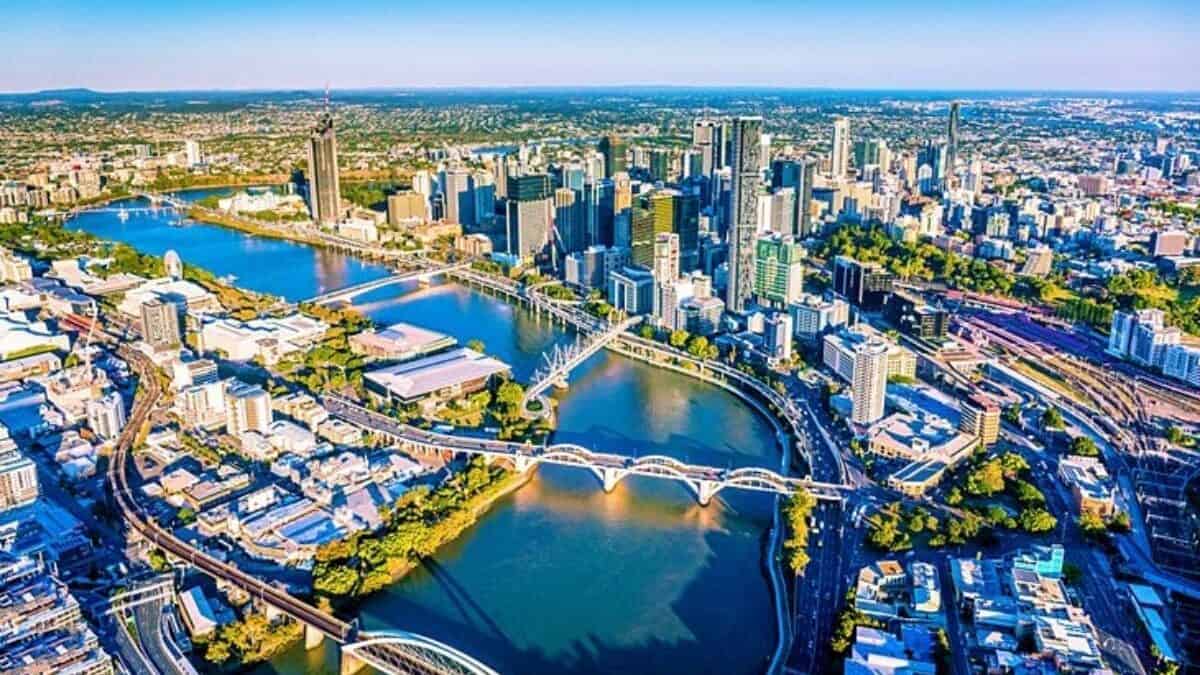
Moving to the Gold Coast
The Gold Coast is one of Australia’s most beloved tourism centres, located an hour south of Brisbane. With kilometres of stunning beaches, beautiful national parks, and stunning hinterland, the Gold Coast makes for a truly magical place to raise a family. There are hundreds of fantastic schools, as well as the biggest theme parks in the country, plenty of amazing restaurants, and all the water sports you can imagine.
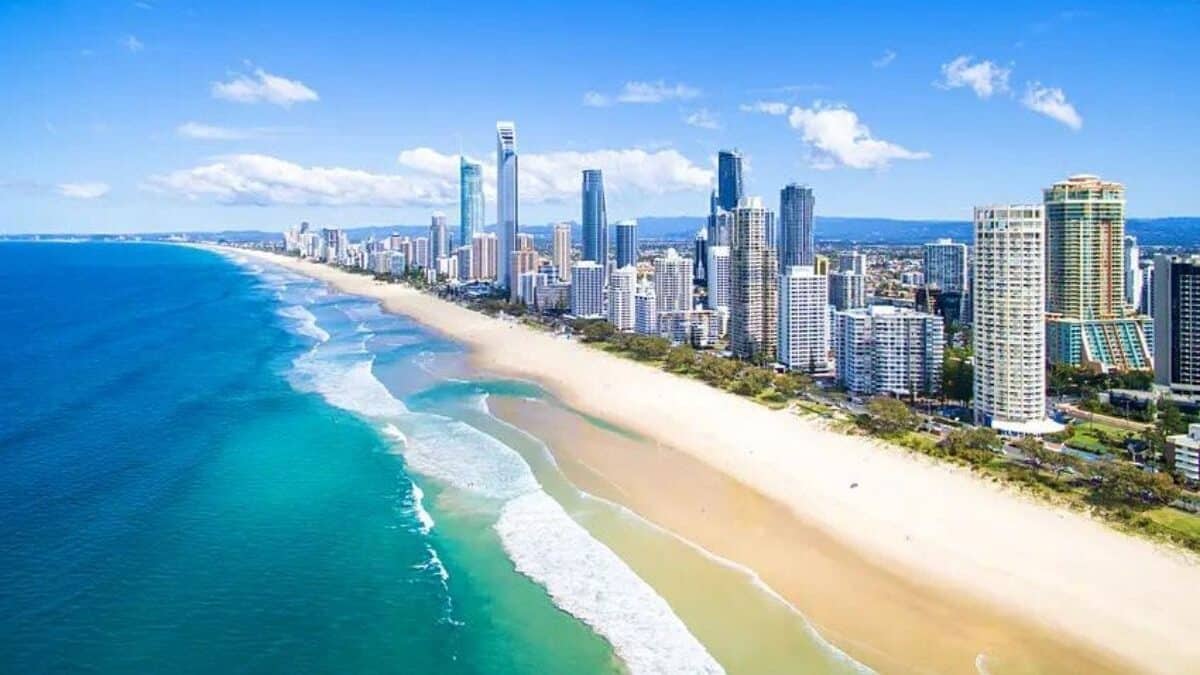
Moving to the Sunshine Coast
The Sunshine Coast is a beautiful stretch of coastline an hour north of Brisbane – from Beerburrum in the south to stunning Coolum in the north. Famous for its relaxing beaches and for being a laid-back alternative to the Gold Coast, the Sunshine Coast is also famous for its gorgeous hinterland and the Glass House mountains. You and your family will enjoy the fabulous hiking trails, waterfalls, world-famous Australia Zoo, and miles and miles of white sandy beaches.
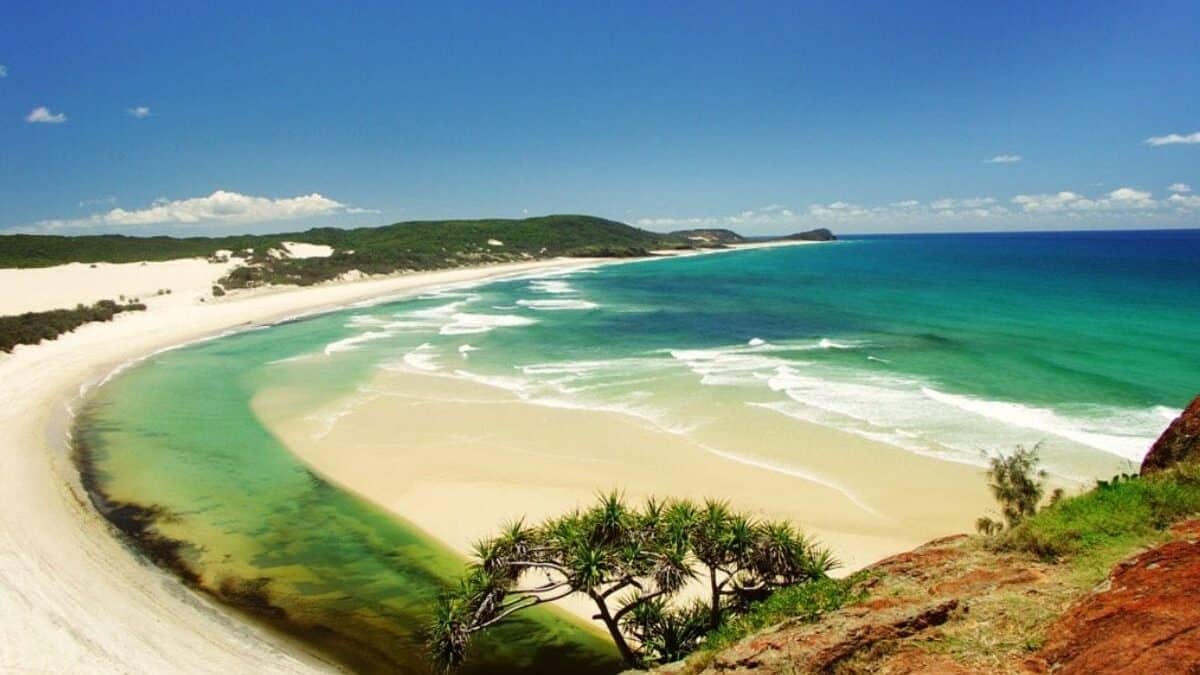
Moving to Townsville
Townsville is a beautiful tropical city in the north of Queensland – a perfect place to make your new home! With more than 300 days of sunshine a year, the Great Barrier Reef, its tropical islands and lush tropical rainforests as your playground, Townsville’s lifestyle is second to none. Living in Townsville is all about that laidback lifestyle with big city benefits – and the kids will love going to watch the North Queensland Cowboys play! There are world-class restaurants, fantastic schools, and the James Cook University.
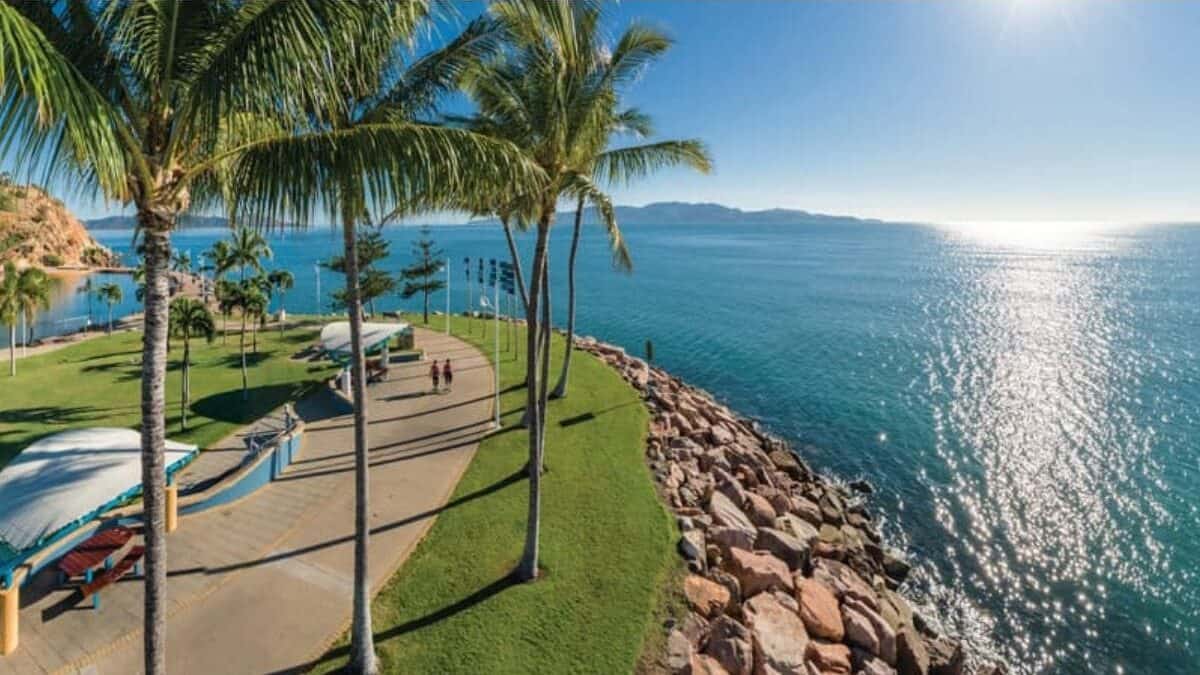
Moving to Cairns
If you loathe the cold winter months, Cairns is the place for you – winter doesn’t exist here! You’ll love the 365 days a year of lovely tropical sunshine, as well as being so close to so many iconic natural wonders – namely the Daintree Rainforest and the Great Barrier Reef. There’s gorgeous wildlife you won’t see anywhere else in Australia – the ancient cassowary that looks more like a dinosaur than a bird, and the tree kangaroo. There are water sports, sky rail adventures over rainforests, and day trips to Port Douglas and other beautiful local towns. If you’re looking to make your home in a tropical paradise, look no further than Cairns.
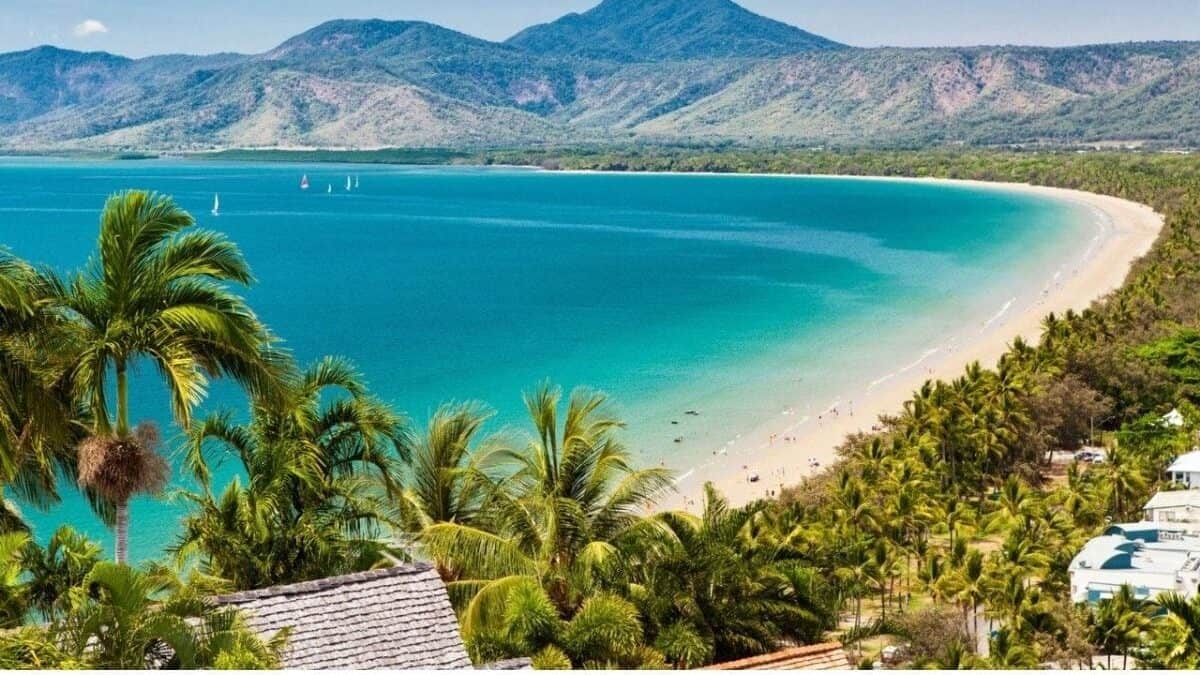
Moving to Rockhampton
Rockhampton is a city on the tropic of Capricorn in central Queensland. Known for its beef production, several bull statues can be seen around town. There’s so much to do in Rockhampton – explore the beautiful botanic gardens, take in the stunning views at Mt Archer, go to the zoo, island hop, or venture to central Queensland’s underground world at the Capricorn Caves. There’s something on offer for every family – it’s surprisingly affordable country living!
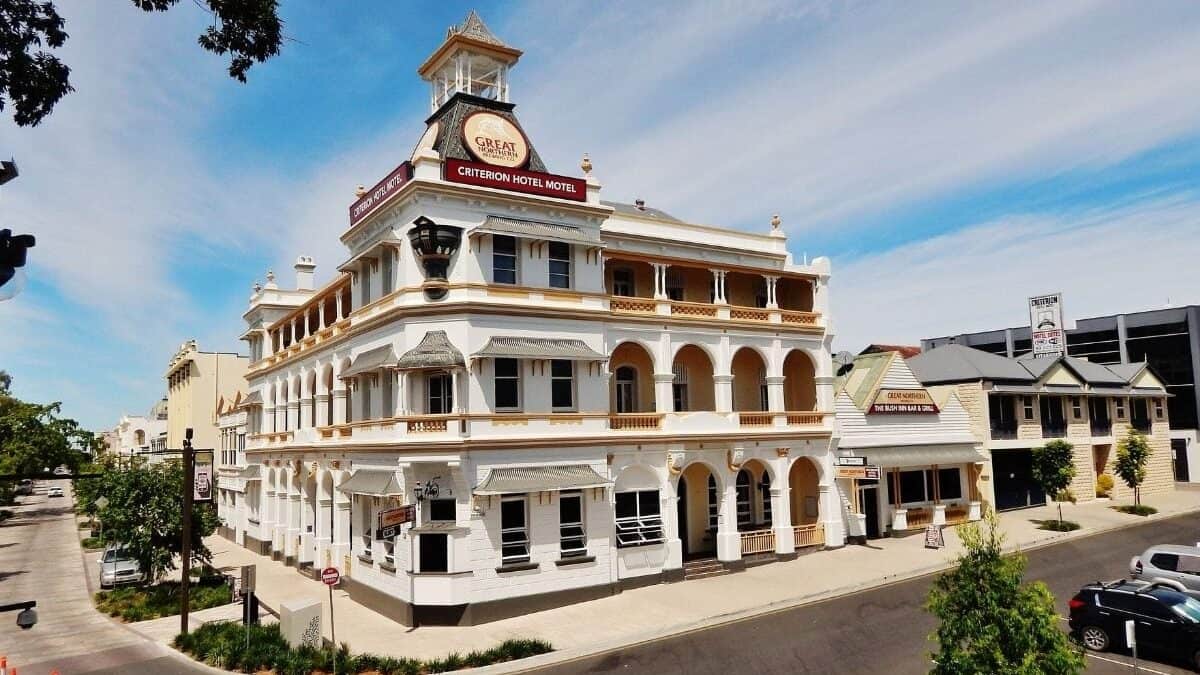
Moving to Hervey Bay
Hervey Bay is truly a hidden gem on Queensland’s Fraser Coast. Famous for its fantastic whale watching opportunities and the nearby Fraser Island, Hervey Bay is unique in that it’s only 4 hours north of Brisbane, yet far enough away to class itself as a regional city. It offers that laid-back lifestyle that is proving so popular, while still providing all the big-city mod cons. It’s not all beautiful sandy beaches or stunning islands either – the hinterland offers amazing hiking trails, mountain views, and delicious food. Why not make Hervey Bay your family’s new home?
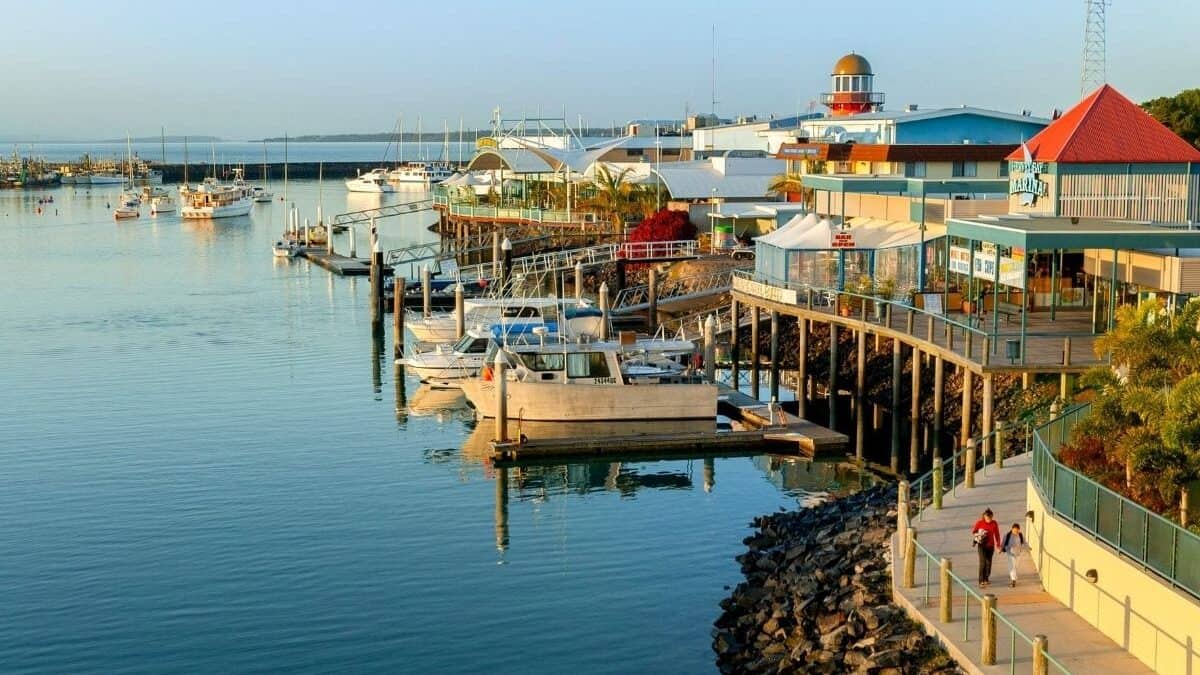
Queensland English
One of the first things you’ll notice on arrival is that Queensland has a unique dialogue compared with the rest of Australia. Yes, all the old favourites will still be there – a bogan is a bogan no matter where in Australia you come from – but there are a few uniquely Queensland terms you’ll definitely need to know!
Togs – swimwear, called bathers or cossies in other states.
Potato scallops – potato fritters or potato cakes in other states. You’ll get an eyebrow raise if you call them anything else!
Cheerios – cocktail sausages, also called frankfurts in other states.
Pot – a small glass of beer that holds 285 mL of liquid. Called a middy in NSW, ACT and WA, or a schooner in SA. Victorians will feel lucky, since they also call it a pot.
Poppers – cardboard box you drink fruit juice out of as a child. Also known as Primas in Victoria, or fruit boxes in South Australia.
Pluggers – another term for thongs. Some Queenslanders also refer to thongs as pluggers. Just go with it!
Port rack – in school, your kids may notice that other kids are putting their bags in the ‘port rack’. It’s a bit of a throwback to when Queenslanders all called their school bags ports, which seems to have faded away over the past few decades. Port rack still seems to be clinging on in the vernacular, though.
Why you should move to Queensland
With a healthy economy, a strong property market, quality schools, and loads of opportunities for work across a huge and varied state, Queensland provides so many options for your new move. If you’re considering moving to Queensland from another state, you’ll find the lifestyle ideal, and the cities both relaxed and dynamic. Queensland will provide everything you and your family desire, today and into the future.

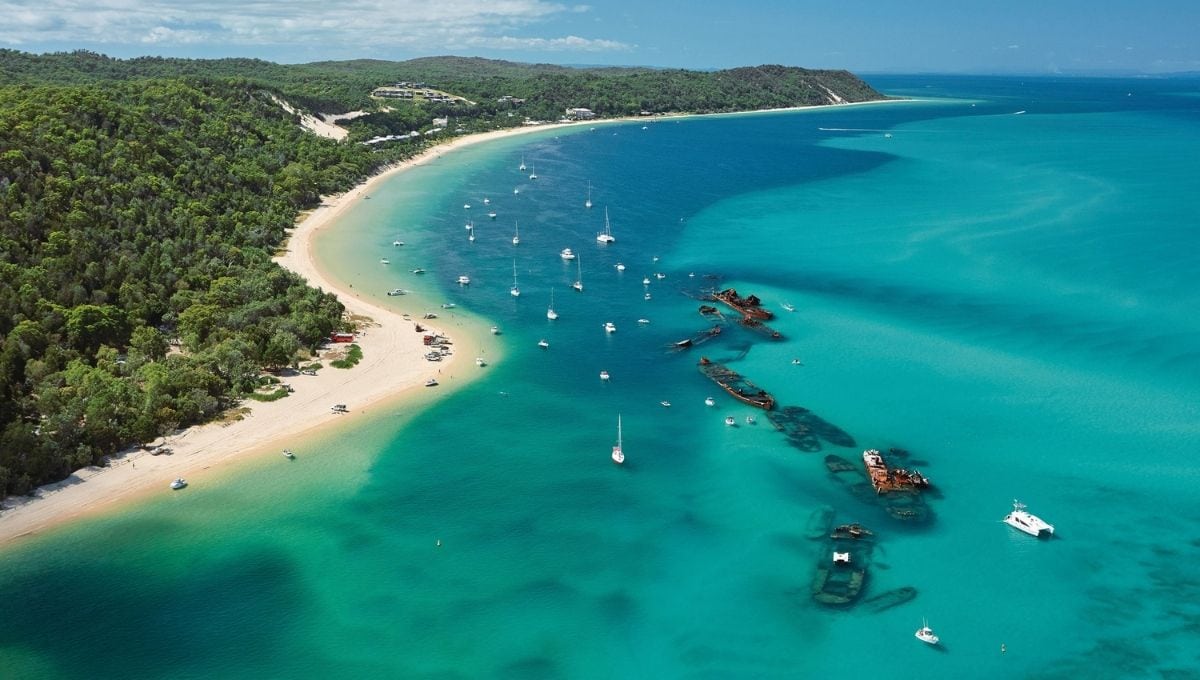
A really wonderful article. Do you have any articles on help with costs for renting,moving,bond,employment,health. My husband and myself would like to move for health,work reasons and applying for rentals but not sure how to save with the moving costs.My husband has been told he can get work as a farmer but we need to get a house and help with travelling, furniture etc . We would appreciate any articles to help us be able to relocate and have a good start in Qld.